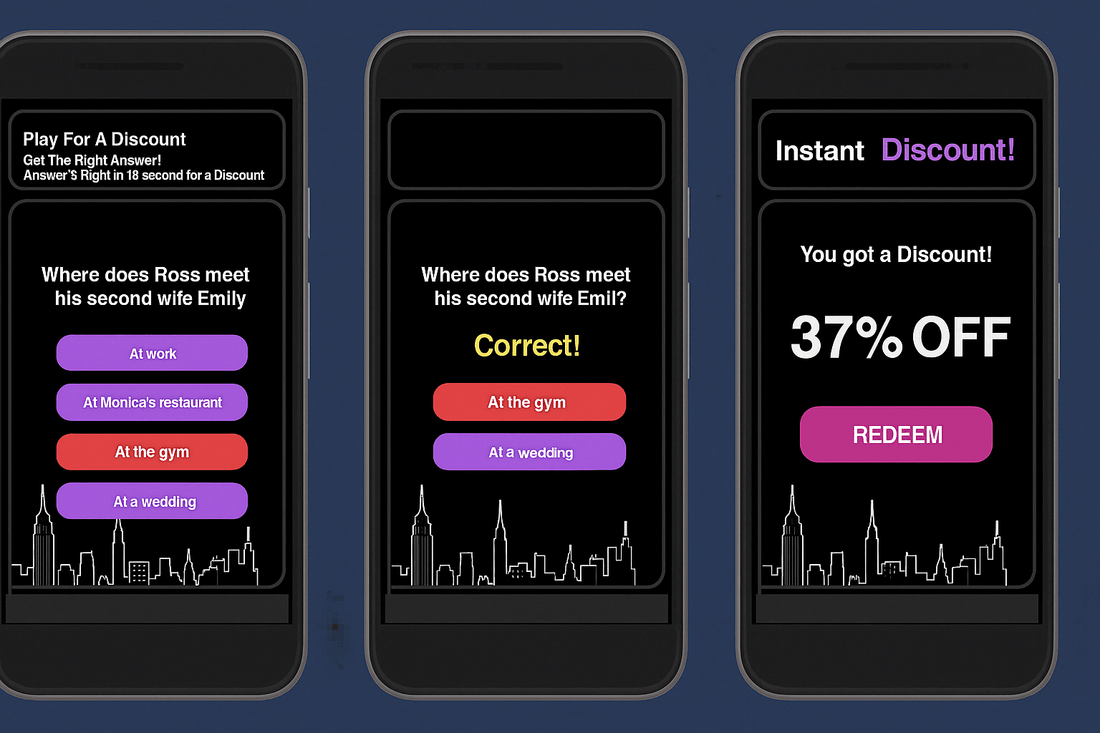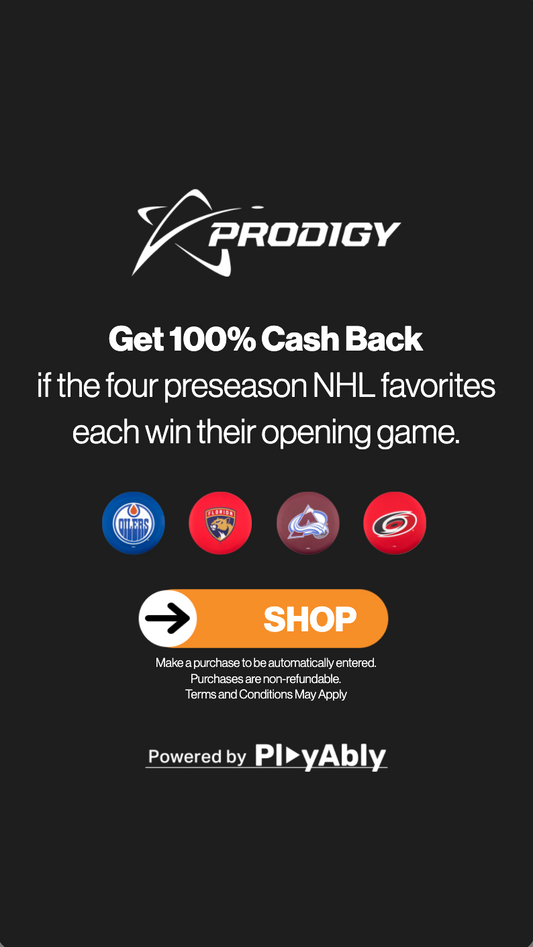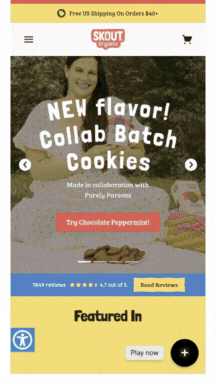Gamification in eCommerce – Best Practices to Boost Engagement
Vintage Cars Customizable Game
Creating Customer Journeys Experiences in eCommerce with Gamification
Download The Guide
Gamification has become a powerful tool for eCommerce brands looking to boost engagement, increase conversions, and build customer loyalty. By integrating game-like elements into the shopping experience, businesses can encourage repeat visits, motivate purchases, and enhance customer satisfaction. However, not all gamification strategies are created equal. Without a thoughtful approach, attempts at gamification can feel gimmicky rather than effective.
Understanding the right way to implement gamification in eCommerce is key to making it a valuable part of your business strategy. Whether it’s through rewards programs, interactive challenges, or personalized experiences, these best practices will help create a gamified shopping experience that feels organic, engaging, and rewarding for customers.
Vintage Cars Customizable Game
Gamification and conversion optimization go hand in hand. While gamification keeps users engaged, conversion optimization ensures that engagement leads to action—whether that’s making a purchase.
Download The GuideWhy Gamification Works in eCommerce
The reason gamification is so effective is simple: people are naturally drawn to play. Whether it’s the thrill of earning points, the excitement of unlocking rewards, or the motivation of progressing toward a goal, gamification taps into basic psychological drivers. This sense of achievement creates a connection between the customer and the brand, making engagement feel fun rather than transactional.
Beyond engagement, gamification also plays a critical role in customer retention. A well-designed gamification strategy keeps customers coming back, reinforcing brand loyalty and increasing the likelihood of repeat purchases. When customers feel rewarded for their interactions, whether through exclusive discounts or milestone-based perks, they are more likely to continue engaging with a brand over time.
Best Practices for Implementing Gamification
Keep It Aligned with Your Brand Identity
Gamification should feel like a natural extension of your brand rather than an add-on. If your business has a sleek, minimalist aesthetic, an over-the-top game interface might feel out of place. Instead, design game elements that match the tone and experience your customers already expect. This could mean using subtle progress indicators, personalized reward systems, or interactive quizzes that align with your brand’s voice and design.
Another critical factor is making sure the gamification mechanics support your core business objectives. If the goal is to increase customer retention, then a long-term rewards system or VIP membership tiers might be the best fit. If the goal is to drive engagement with new products, an interactive scavenger hunt or a limited-time challenge could work better.
Focus on Meaningful Rewards
The rewards you offer should feel valuable to your customers. Generic discounts might not be enough to keep people engaged, but exclusive perks, early access to products, or experiential rewards can create stronger incentives. Consider structuring rewards around personalized customer behaviors, such as offering a unique discount based on purchase history or giving access to exclusive content after a certain level of engagement.
At the same time, rewards should feel achievable. If earning points toward a discount takes too long or requires too many steps, customers may lose interest. The best gamification strategies balance challenge and attainability, keeping customers motivated while ensuring they see tangible benefits along the way.
Encourage Social and Community Engagement
Gamification is even more effective when it fosters a sense of community. Features like referral programs, social sharing incentives, and leaderboards tap into the competitive and social aspects of customer behavior. Encouraging users to share their progress or achievements with friends not only increases engagement but also amplifies brand awareness through word-of-mouth marketing.
For example, a points-based system that rewards customers for posting product reviews or sharing purchases on social media can turn engagement into a viral loop. Adding a leaderboard where customers can track their progress against others can also drive participation, especially if tied to exclusive rewards or special recognition.
Real-World Examples of eCommerce Gamification Done Right
Nike’s Activity-Based Engagement
Nike has successfully integrated gamification into its ecosystem by using fitness challenges and personalized progress tracking. Through its apps, customers can set workout goals, earn achievements, and even unlock discounts based on their activity levels. This creates a seamless connection between the brand and the customer’s lifestyle, making engagement feel both rewarding and relevant.
Sephora’s Beauty Insider Rewards
Sephora’s loyalty program is a prime example of how gamification can drive customer retention. Instead of a basic points system, Sephora allows customers to choose how they redeem their rewards, whether through product samples, exclusive experiences, or limited-edition items. This flexibility gives customers a sense of control and personalization, making the rewards feel even more valuable.
Starbucks’ Tiered Loyalty Program
Starbucks takes gamification a step further by using a tiered rewards system. Customers start with basic points-based discounts but can unlock premium perks as they reach higher levels of engagement. The use of progress indicators and milestone-based incentives encourages frequent visits and larger purchases, turning everyday coffee runs into an interactive experience.
Making Gamification Work for Your Brand
Gamification in eCommerce isn’t just about adding points or badges—it’s about creating experiences that feel natural, rewarding, and engaging. When done right, it enhances the customer journey, builds long-term loyalty, and increases brand engagement in a way that feels both fun and valuable.
Businesses looking to integrate gamification into their strategies should start by aligning it with their brand identity, ensuring that rewards are meaningful, and encouraging social participation. Whether through a creative loyalty program, interactive product discovery, or achievement-based incentives, gamification has the power to transform the shopping experience into something customers actively look forward to.



